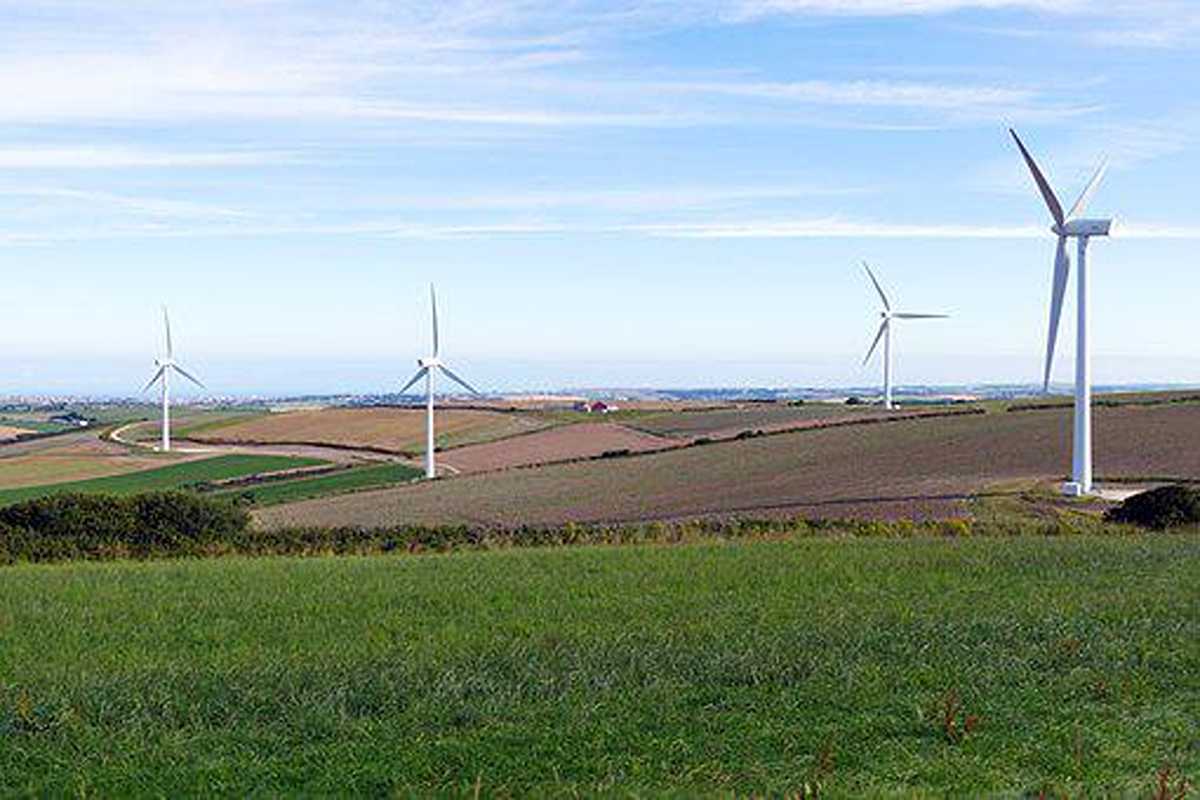What is Sustainable Development?
The Brundtland Commission Report outlines a framework for sustainable development. It focuses on economic well-being, environmental sustainability, social equity, and resource conservation. These goals help to promote a more equitable and prosperous world. These goals are important to us, and we should work to make them a reality.
Economic well-being
Economic well-being and sustainable development goals are based on economic and social progress, and the government can use a variety of measures to meet them. By building tax and transfer systems, ensuring equal access to health and education, and increasing training opportunities, the government can help people achieve their personal and economic goals.
There is a strong correlation between the SDG Index and well-being. Higher SDG Index scores mean greater SWB scores. Well-being increases with economic activity at lower levels of development, while it declines with increasing wealth. This shows the importance of sustainable economic growth, improving environmental quality and addressing inequality.
Economic growth is a major driver of well-being at the early stages of a development cycle, but it becomes less significant as the development cycle progresses. This implies that there are increasing marginal returns to sustainable development.
Environmental sustainability
Environmental sustainability is a key aspect of a development project in a sustainable development scenario. Developing a plan for environmental sustainability can influence the design of the development and show how improvements can be made to the project. There are several different elements to environmental sustainability. Some of these elements are discussed below.
Environmental sustainability involves the preservation of resources for future generations. The depletion rate of fossil fuels should not exceed the rate of development of renewable resources. We can reduce our environmental impact by reducing the number of fossil fuels used. Another component of environmental sustainability is social and political involvement in environmental sustainability. Social engagement is important for creating a culture of sustainability and recognizing efforts made by others.
Environmental sustainability is also important in the economic context. In this context, sustainability means improving the quality of human life while minimizing the environmental impact. In other words, sustainable development will not reduce the per capita utility of the population, deplete natural capital, or reduce the ecosystem’s capacity to yield ecosystem services. This development is environmentally sustainable because it stabilizes the relationship between human culture and the living world. This is important because the increase in human population has decreased the biodiversity of the Earth’s ecosystems.
Social equity
Social equity is a concept that refers to the fair and equal treatment of all members of a community. It emphasizes the importance of economic opportunity and participation and the inclusion of vulnerable groups in decision-making processes. Social equity is essential to sustainable development, as it ensures that community members’ basic needs are met. It is often associated with poverty, age, and economic disadvantage but has an environmental component.
This study approach posits that social equity can be measured systematically, which is useful for developing sustainable policies. In addition, this approach helps to quantify multiple footprints associated with lifestyle consumption, which can aid policymakers in determining how to improve social equity. In addition, it can also contribute to progress toward achieving the SDGs by addressing the social inequity that underlies them.
Among the groups surveyed, nine governments were identified as leading equity activities. These governments engaged citizens, partnered with nonprofit organizations, and recognized the value of diversity and inclusion.
Resource conservation
Resource conservation refers to caring for the Earth’s natural resources. These resources include air, water, soil, plants, and animals. Because our needs depend on these resources, preserving them is essential. For example, some resources are renewable, which can be replaced quickly. Some examples of renewable resources include small plants.
Some organizations use data from the IUCN Red List to prioritize conservation efforts. These organizations allocate funds for conservation activities based on the status of endangered species. Moreover, these organizations also rely on information from endangered species. Some examples of such funding organizations include the $130 million (US) Critical Ecosystem Partnership Fund, the $6 million (US) Mohammad bin Zayed Species Conservation Fund, and the $4 million (US) Conservation Leadership Program.
Resource conservation has become increasingly important as climate change intensifies the conflict between humans and the environment. This makes it critical to manage water resources efficiently. For example, the government of Inner Mongolia adopted water regulations in 2008 to restrict pollution in the region, limit water consumption, and achieve industrial restructuring that promotes sustainable development. However, the government has not yet systematically evaluated these regulations.

